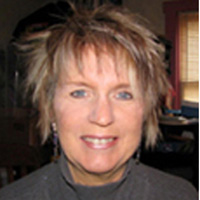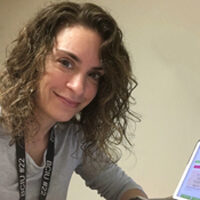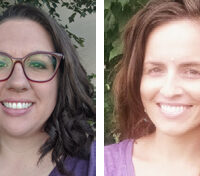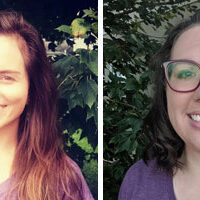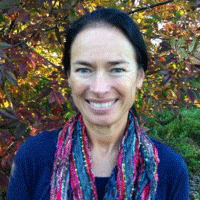Description
Session 1 – The Physiology of Seating vs. the Physics of Sitting – Recorded 11/5/2019
This first webinar will focus on the true physiology of seating and positioning. Unfortunately, most therapists have been taught to look at equipment and the student at a single point in time, as was developed as an assessment process in seating clinics for adults. However, seating in not a single point in time, nor a single position, but rather a range of postures within activity, developing within every child within their environment.
Since students with complex bodies are usually not mobile or have limited independent mobility, static postures are frequently expected. It is time to expand our knowledge of active seating and its impact on task engagement. Today we will focus on how this can happen, and what we need to learn about our student’s bodies to support them in increasing their repertoire of control.
Session 2 – Implementation Strategies & their Underlying Concepts – Recorded 12/3/19
This second webinar is built on the first one. Now let’s take what we learned in the first session and put it to use with real students. Observing a student’s postural mechanisms is challenging. These can only be observed when the student is engaged in tasks, and frequently it is that very engagement that is not occurring. How can we support activity engagement to actually observe vestibular processing?
How does the actual environment itself impact the student’s engagement and/or our ability to observe their experience with sensory processing? How do we analyze this environment and how might it change to support self initiation?
Session 3 – Let’s Get to Work! The Journey Required! – Recorded 1/7/20
This final webinar is based on the previous two in consecutive order. Today we want to explore how we can create the journey and critical pathways we need to utilize for seating and positioning within each classroom for each student for support of increased task engagement.
How to we create an assessment which not only observes the student, but also observes the environment and their interactions? Where do we start when we know we need to change, and we face such a challenging hurdle of multiple staff, lack of equipment and the challenge of limited time?
This webinar will share the actuality and real methods to get started and keep going. This will help therapists develop a plan to create increased self initiation within the classroom today, and in the future. This whole process is a process not just for our students, but a journey and a road we need to be on together.
Karen Kangas, OTR/L, Nationally Certified, State Licensed Occupational Therapist; Seating & Positioning & Mobility Specialist, Assistive Technology Specialist; Adjunct University Faculty, Clinical Educator, Consultant, Camp Hill, PA.



